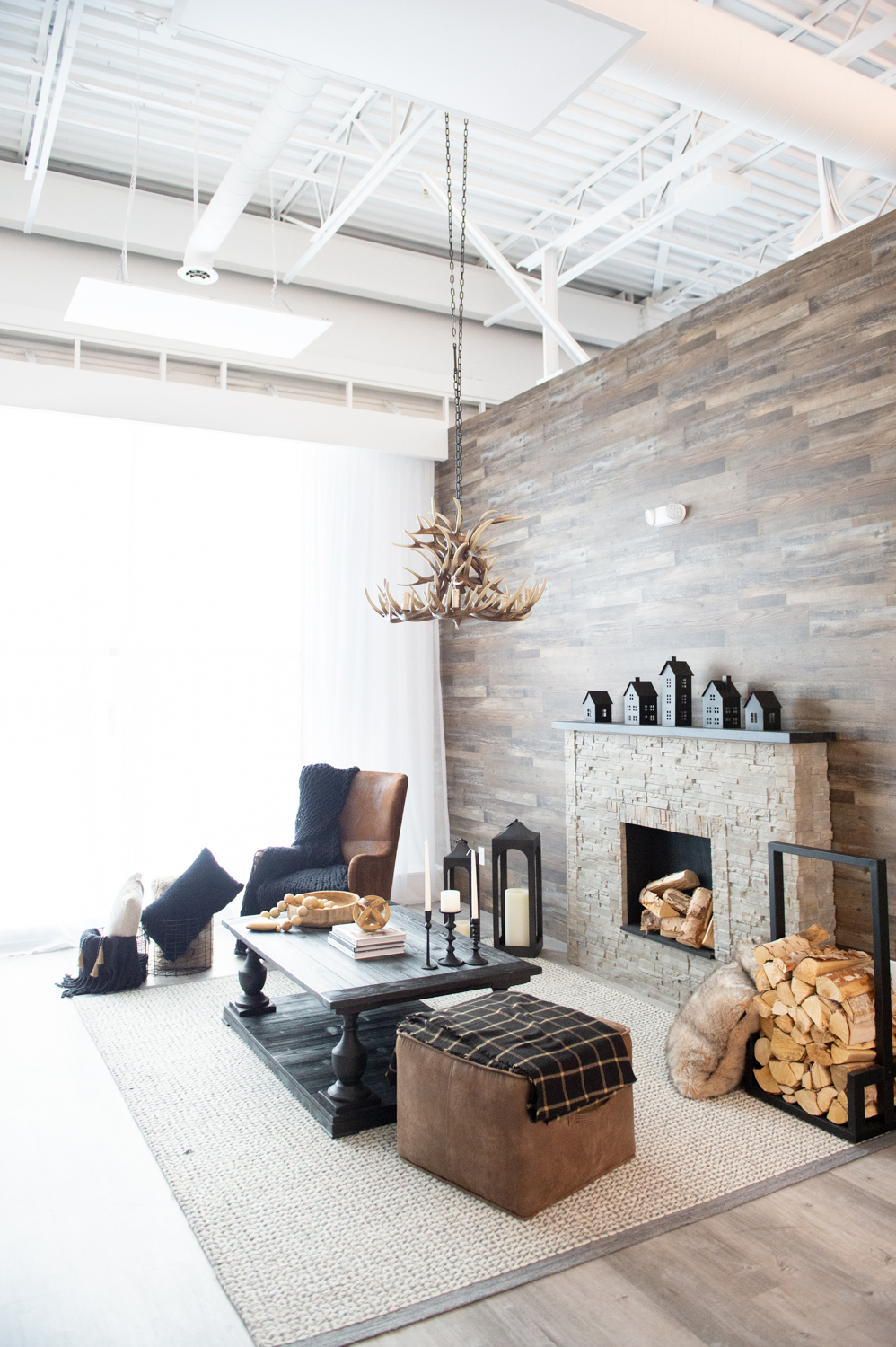Photography is a diverse subject in which you can employ lighting and backgrounds to generate a wide range of exciting images. White backgrounds are widely utilized in photoshoots, but capturing the exact photographs you want can be difficult if you’re a newbie.
White background photography necessitates understanding composition and how to use lighting to your advantage. You must also be familiar with narrative and exposure.
If you’re unsure how to shoot this genre, you’ve come to the perfect place. Here are tips for taking great white background photos:
Utilize Appropriate Light Metre
With so many built-in features for adjusting focus and exposure, it’s tempting to set your camera on autopilot and let it do the job. However, understanding how light falls on your subject in unseen ways to the naked eye is essential to photography.
When shooting white backdrops, your background should be two f-stops brighter than your subject. This means you’ll need to utilize a light meter or your camera’s spot metre to measure the quantity of light falling on your subject and the amount of light striking the backdrop.
Your subject will be in silhouette if your background is too strongly illuminated. If your subject is well-lit, your background will appear grey or off-white.
Keep Some Distance
The most common error beginning photographers make when shooting against a white background is positioning the subject directly against the backdrop. However, you must allow enough space between them to light the subject and the backdrop separately. And 10 feet is usually a decent starting point.
If your backdrop is too close, any light directed at it will also fall on your subject. You may wind up with a halo appearance or an issue that needs to be correctly lit.
Your topic will appear “flat” because of the absence of contrast. If you leave enough distance between them, you can ignite them independently. Use flags and diffusion to direct and regulate the light instead.
Utilize Negative Fill
You’ve probably heard the term “negative fill” before. In brief, you can employ this strategy to provide contrast to your primary subject.
When using negative fill, you must find a means to prevent light from entering your image. But don’t panic, since it’s not as difficult as it seems. You can use various tools to accomplish negative fill and create your envisioned image.
Create an Infinite Background
Use a tiny backdrop that fills the background section in the frame for headshots and close-ups. You’ll need to extend the backdrop across the floor so your subject stands on it for full-body pictures.
If so, you can secure the backdrop with clamps and tape. Cover the paper with a thin plexiglass coating to protect it from damage while your model stands on it.
Plexiglass can also help you create depth in your image. While you should avoid throwing shadows on the backdrop, floor shadows can help your model appear to “float” in mid-air.
Ensure Background Is Equally Lit
Looking at your camera’s LCD screen is unreliable in determining whether your image is under or overexposed. Using your camera’s built-in histogram tool is the most straightforward approach to ensure it’s evenly lighted. Depending on the make and model of your camera, you can usually find it by pressing the “info” button.
Conclusion
Mastering the art of white-background photography requires a solid understanding of composition, lighting, and exposure. Getting the art of white-background photography requires a solid understanding of composition, lighting, and exposure.
Looking for a professional content studio rental in Markham? Look no further than The Glass House Studios! Whether you’re an agency, content creator, brand, or simply an individual needing a versatile studio space, we’ve got you covered. Contact us now!

